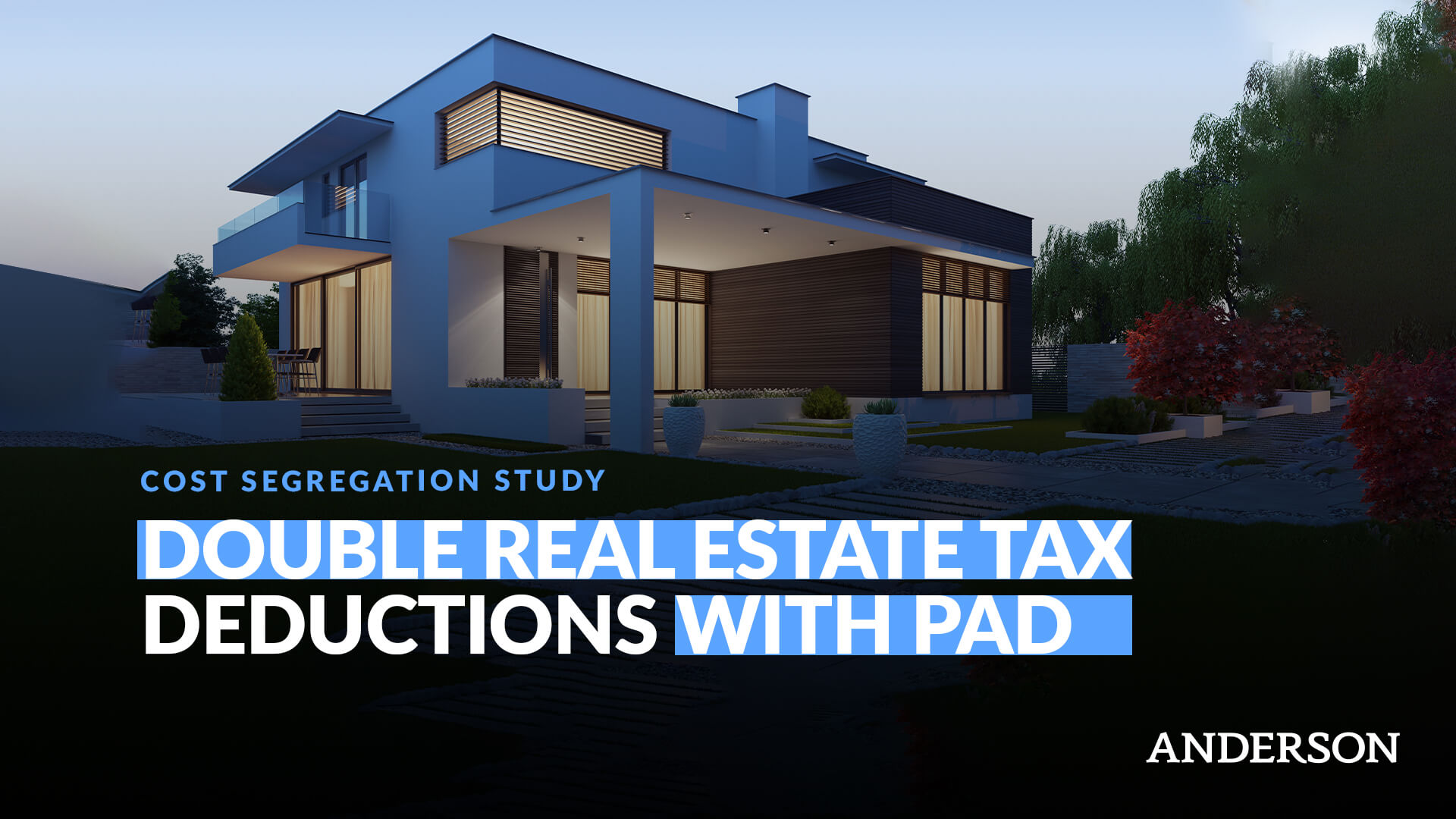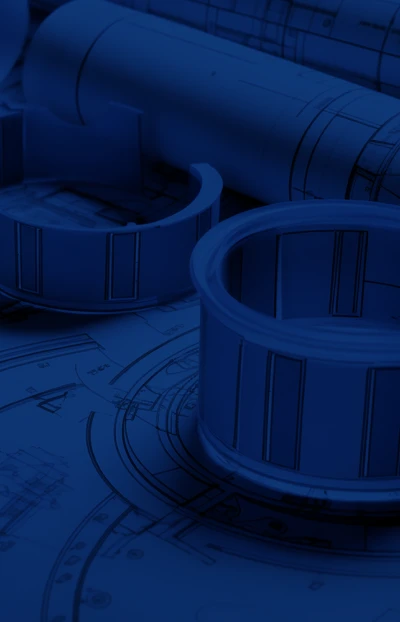
Real estate investors often seek tax deductions for renovations, but many miss a key strategy that could double their savings. If you’re planning a remodel on a rental property, you might be missing out on significant deductions simply because of poor planning.
The key to unlocking these savings lies in Partial Asset Disposition (PAD) and performing a Cost Segregation Study before and after your remodel. While this might sound complex, it’s actually a straightforward process that allows you to claim tax deductions on both the old components you remove and the new improvements you install.
How PAD and Cost Segregation Boost Deductions
Partial Asset Disposition (PAD) and Cost Segregation Studies are key to maximizing tax savings. This process allows you to claim deductions for both removed components and new improvements by strategically categorizing costs before and after a remodel.
To get started, it’s essential to understand what Partial Asset Disposition (PAD) entails. Essentially, PAD allows you to write off the remaining value of any asset that you are removing from your property. For example, if you’re replacing old flooring or outdated appliances, you can deduct the remaining value of those items from your taxes. This means that even if you’re upgrading your property, you can still benefit financially from the components you’re discarding.
A Cost Segregation Study can further enhance your tax strategy. This study involves breaking down the costs of your property into different categories, which can lead to accelerated depreciation. By identifying specific components of your property—like lighting, plumbing, or landscaping—you can depreciate these assets over shorter periods, resulting in larger tax deductions in the early years of ownership.
To maximize your benefits, it’s advisable to work with a tax professional or a firm that specializes in these studies. They can help you navigate the complexities and ensure that you’re capturing all eligible deductions. If you’d like expert guidance, Anderson Advisors offers a free 45-minute tax consultation—you can schedule yours here.
Additionally, keeping detailed records of your remodel, including invoices and photographs, will support your claims and provide necessary documentation if you’re ever audited.
By leveraging Partial Asset Disposition and conducting a Cost Segregation Study, you can significantly reduce your tax burden while enhancing the value of your rental property. With careful planning and the right guidance, you can turn your remodel into a smart financial move that pays off in more ways than one.
Let’s break down how you can maximize your real estate tax deductions with this powerful strategy.
Request a free consultation with an Anderson Advisor
At Anderson Business Advisors, we’ve helped thousands of real estate investors avoid costly mistakes and navigate the complexities of asset protection, estate planning, and tax planning. In a free 45-minute consultation, our experts will provide personalized guidance to help you protect your assets, minimize risks, and maximize your financial benefits. ($750 Value)
Why Most Investors Miss Out on Valuable Tax Deductions
Many real estate investors mistakenly believe that tax deductions on renovations are limited to the cost of new installations. However, there’s a crucial aspect often overlooked: the value of the materials being removed before the remodel begins. This represents a significant tax deduction opportunity that can substantially reduce your tax liability.
Let’s illustrate this with a scenario: You’re revamping a rental property, which involves replacing the kitchen, bathroom, and roof. You allocate a considerable budget for new materials and labor, anticipating a full tax write-off for these expenses. However, have you considered the existing kitchen, bathroom, and roof that you’re demolishing? These components, despite their age or condition, still hold value. By neglecting to account for this value, you’re essentially missing out on a substantial tax deduction.
The key lies in understanding that the tax code allows for depreciation of assets over time. When you remove and replace components of a building, you’re essentially disposing of depreciable assets. The remaining undepreciated value of these assets can be claimed as a loss on your tax return, thereby reducing your taxable income.
Therefore, before commencing any renovation project, it’s crucial to meticulously document the existing components being removed. This includes taking photographs, noting the age and condition of the materials, and obtaining estimates of their remaining value. By doing so, you’ll be equipped with the necessary information to accurately calculate your tax deductions and maximize your savings.
The Importance of Putting Your Property in Service
Before diving into how to maximize your deductions, it’s important to note that this strategy applies to properties that have already been placed in service. This means that your rental property must have been available for rent before you begin renovations.
Even if no tenants have moved in, simply listing the property for rent qualifies it as “in service.” This is an important distinction because it ensures you can take advantage of the tax benefits that come with both removing old property components and installing new ones.
How to Maximize Your Real Estate Tax Deductions
Let’s say you own a rental property that needs a new kitchen, bathroom, and roof. You’ve budgeted $40,000 for interior renovations and $80,000 for a new roof. Before you start tearing things out, you should perform a Cost Segregation Study.
A Cost Segregation Study is conducted by a tax professional who evaluates your property and assigns a value to the old components being removed. This study helps determine how much depreciation remains on those components, allowing you to deduct their remaining value when you dispose of them.
For example, the study might determine that the old roof still has a remaining value of $25,000 and the cost to remove it is $30,000. Similarly, the kitchen and bathroom might have a remaining value of $15,000, with a removal cost of $12,000.
By adding these amounts together, you now have $82,000 in tax deductions before you’ve even installed anything new. Most investors skip this step, missing out on a huge tax break simply because they didn’t document the value of the old materials they were removing.
Why a Second Cost Segregation Study Matters
After completing the renovations, you should conduct a second Cost Segregation Study to determine the new values of your upgraded components. This allows you to take advantage of bonus depreciation, which enables you to deduct a significant portion of the new renovation costs immediately.
In our example, the study might determine that the new roof, kitchen, and bathroom upgrades total $120,000. Since current tax laws allow for 80% bonus depreciation, you would be able to write off $96,000 immediately.
By combining the $82,000 deduction from the removed components with the $96,000 deduction from the new improvements, you’re now writing off a total of $178,000 in tax deductions—far more than if you had only deducted the cost of the new renovations.
The Costly Mistake That Many Investors Make
Most real estate investors don’t realize they can write off the remaining value of old property components before tearing them out. When reviewing tax returns, we often see investors listing their remodel costs but failing to claim the Partial Asset Disposition deduction.
The reason this happens is simple: they didn’t plan ahead by performing a Cost Segregation Study before demolition. By skipping this step, they miss out on thousands of dollars in tax deductions that could have significantly lowered their taxable income.
How to Implement This Strategy in Your Next Remodel
If you’re planning a major renovation on a rental property, make sure to take the following steps:
- Before starting the remodel, identify what’s being removed and get a Cost Segregation Study to document its remaining value.
- Write off the cost of removal along with the remaining depreciation of the old materials.
- After the renovation is complete, conduct a second Cost Segregation Study to determine the value of your new improvements.
- Claim both deductions to maximize your tax savings.
By following this approach, real estate investors can significantly reduce their taxable income while ensuring they’re not leaving any money on the table.
Final Thoughts on Maximizing Real Estate Tax Deductions
Most real estate investors focus solely on deducting the cost of new renovations, missing out on a huge opportunity to write off the value of the materials they remove. By using Partial Asset Disposition and conducting two Cost Segregation Studies, you can double your tax deductions and dramatically lower your tax liability.
If you’re serious about maximizing your real estate tax deductions, it’s time to start planning your remodels strategically. Don’t make the mistake of overlooking the first deduction—it could mean the difference between a small tax break and tens of thousands of dollars in additional deductions.
Want to learn more about real estate tax strategies? Follow Clint Coons on YouTube, where we cover tax-saving techniques that every investor should know.
Do you want to ensure your setup to protect your real estate investments fully?
At Anderson Business Advisors, we’ve helped thousands of real estate investors avoid costly mistakes and navigate the complexities of asset protection and tax planning. In a free 45-minute consultation, our experts will provide personalized guidance to help you protect your assets, minimize risks, and maximize your financial benefits. Request a free consultation here.
















